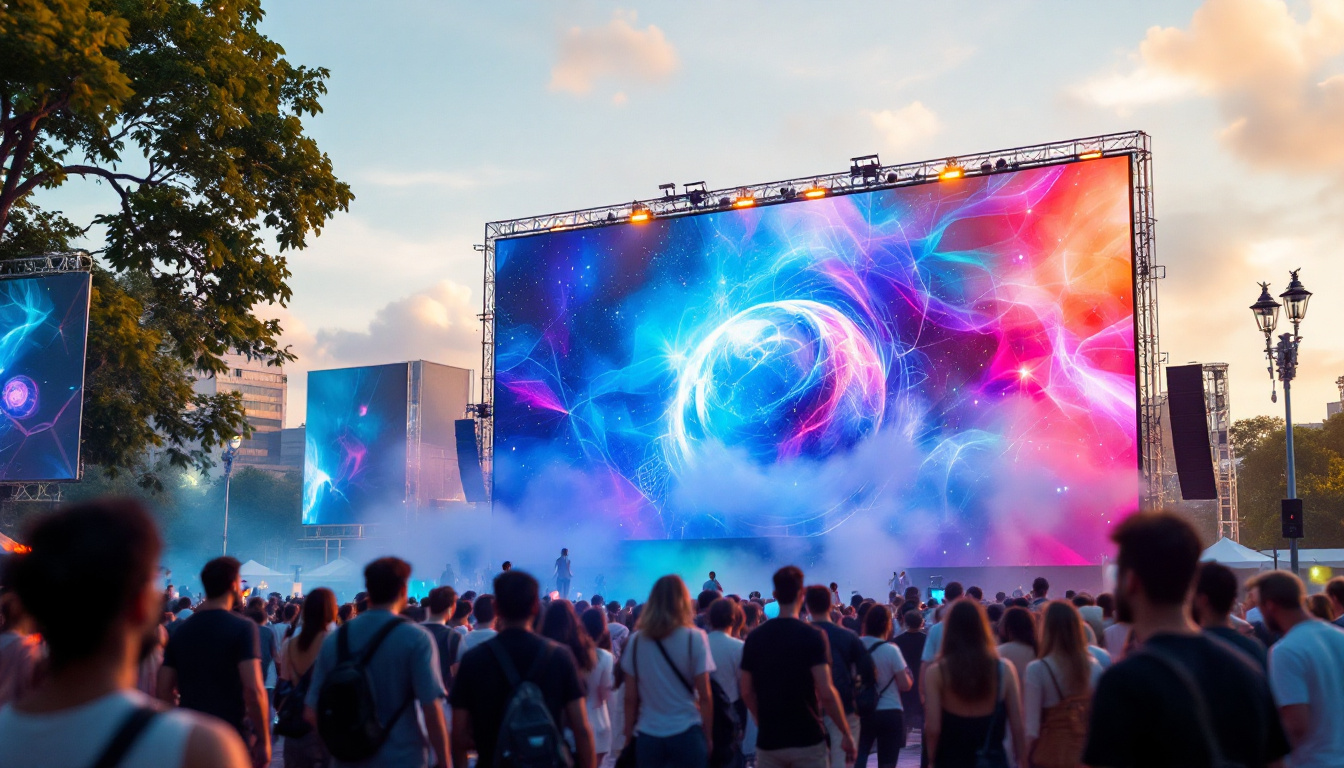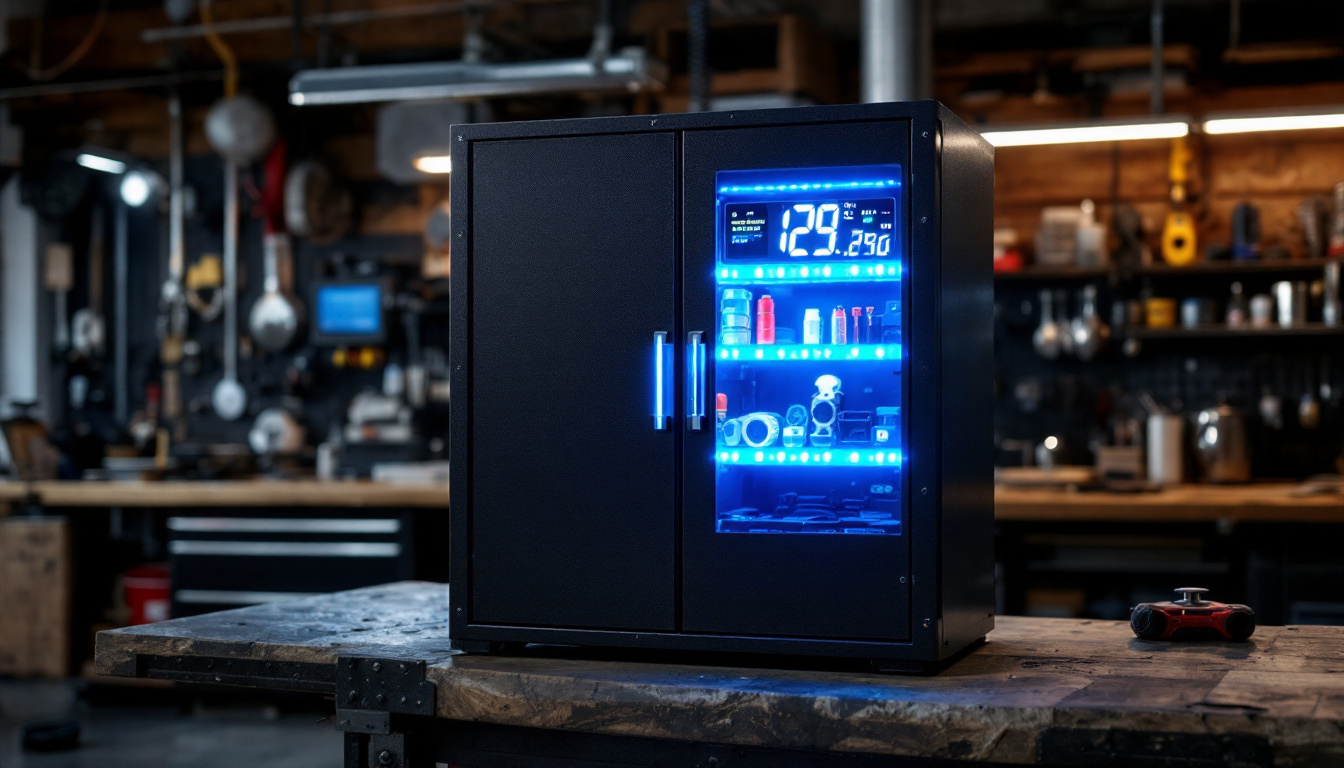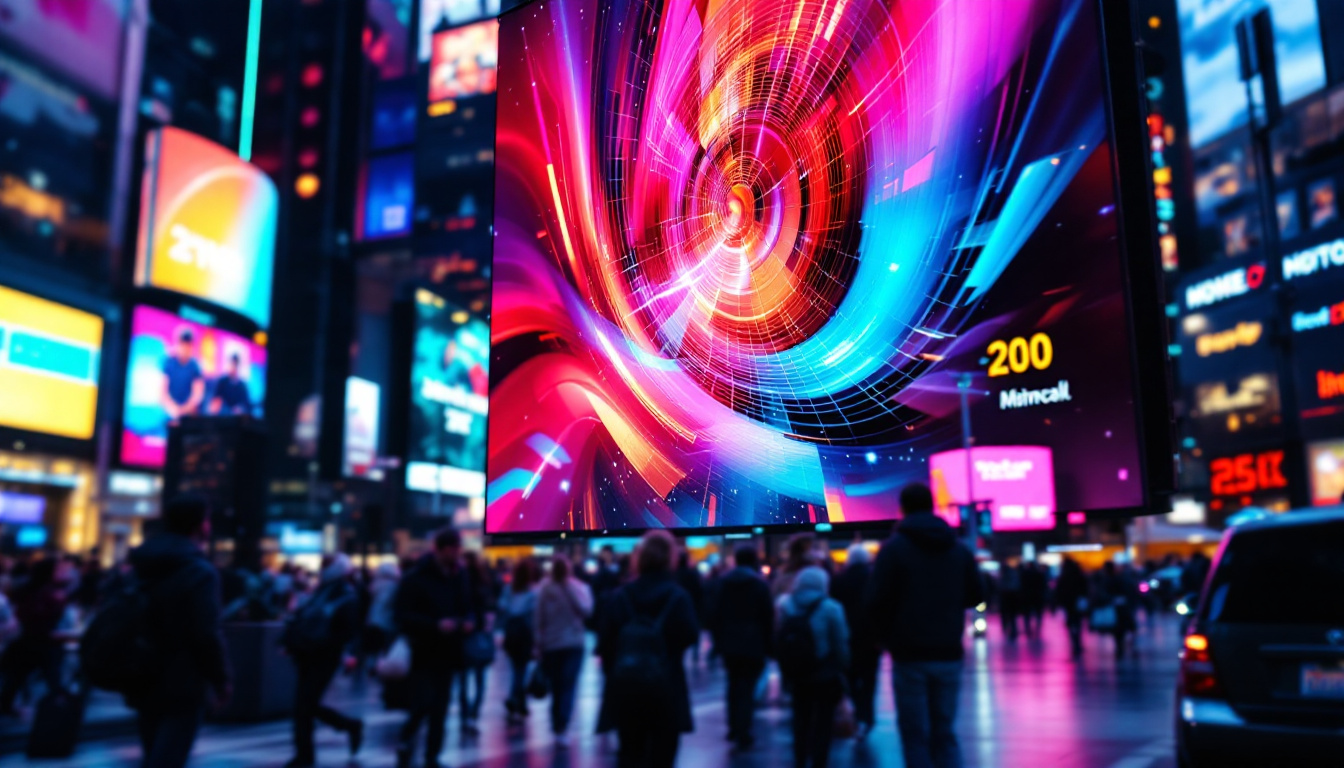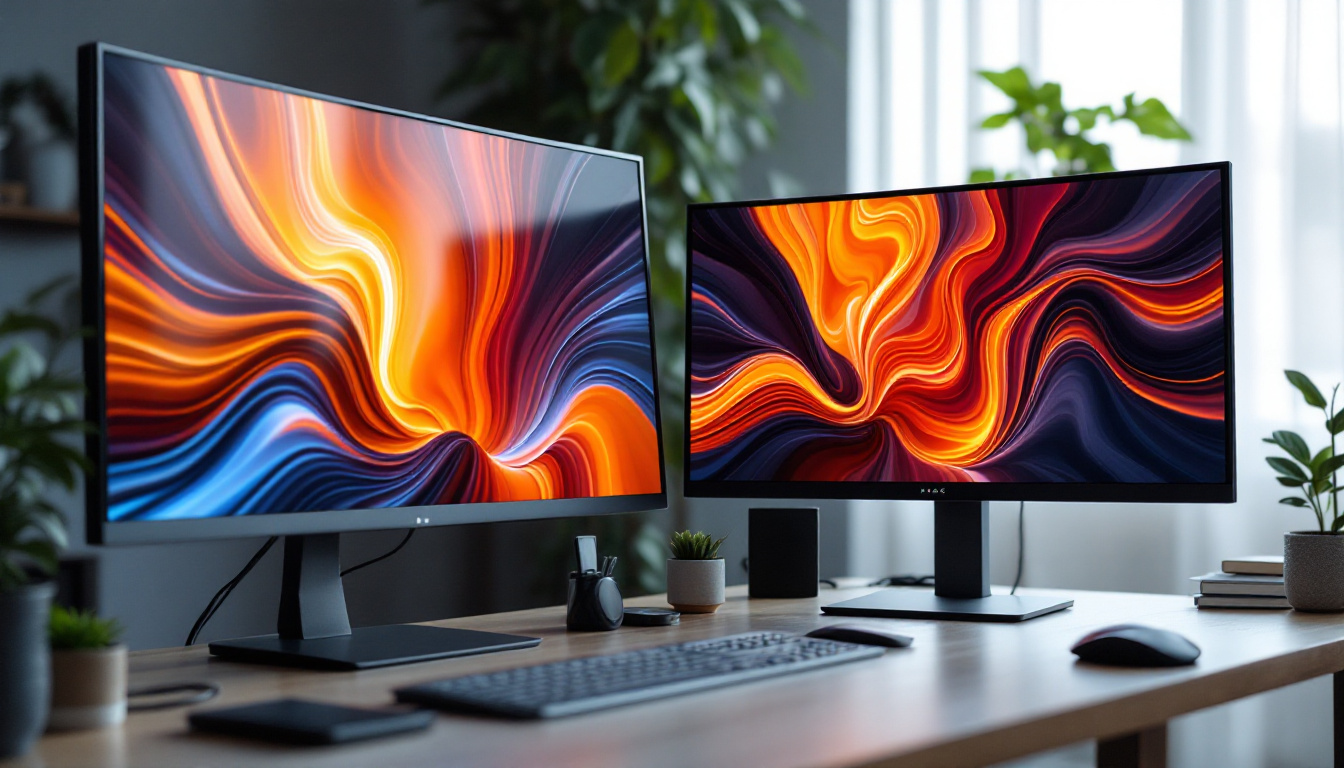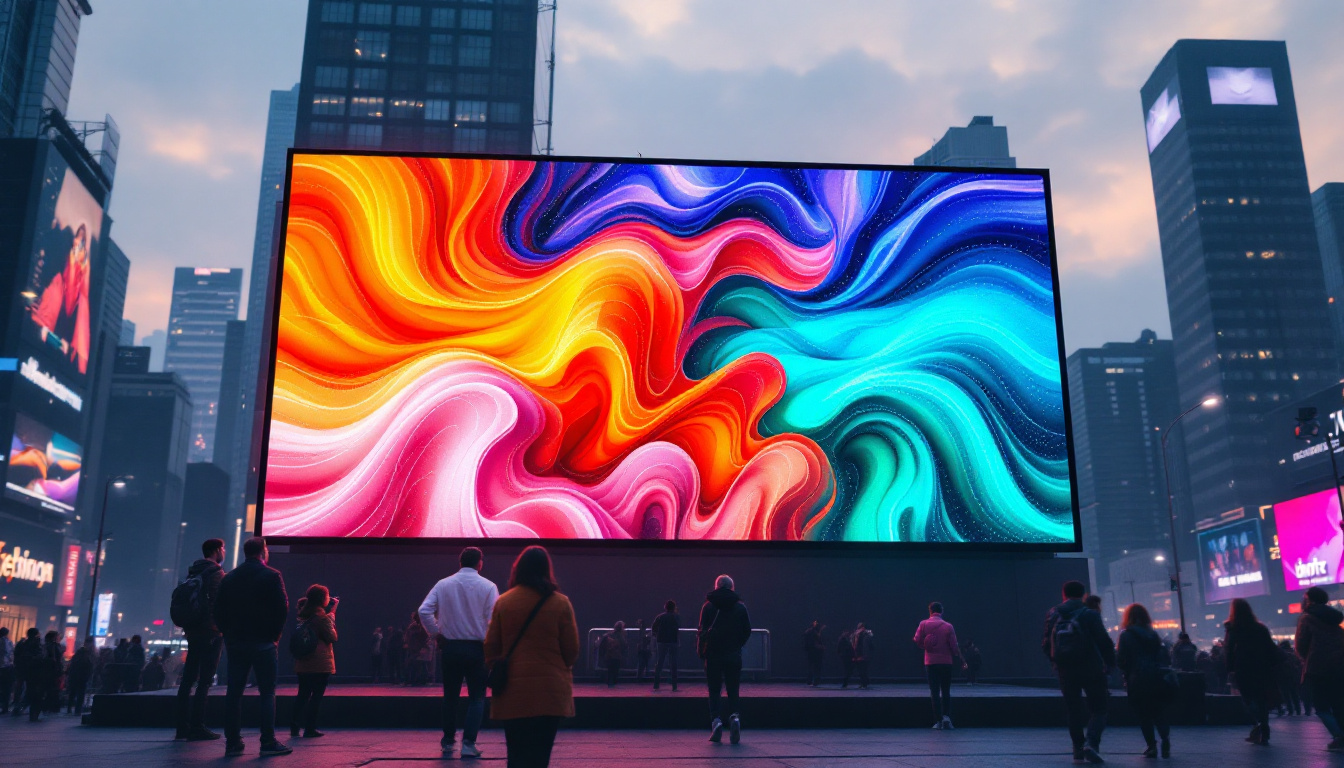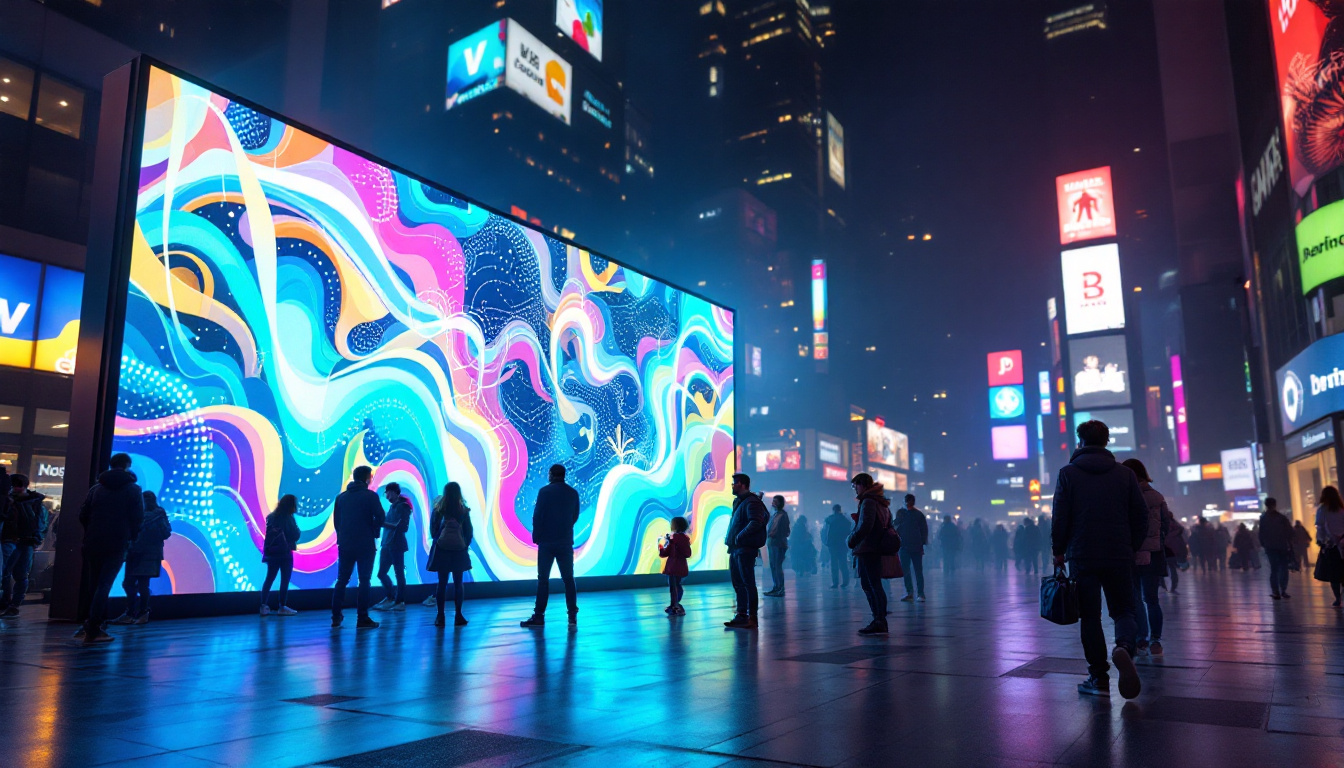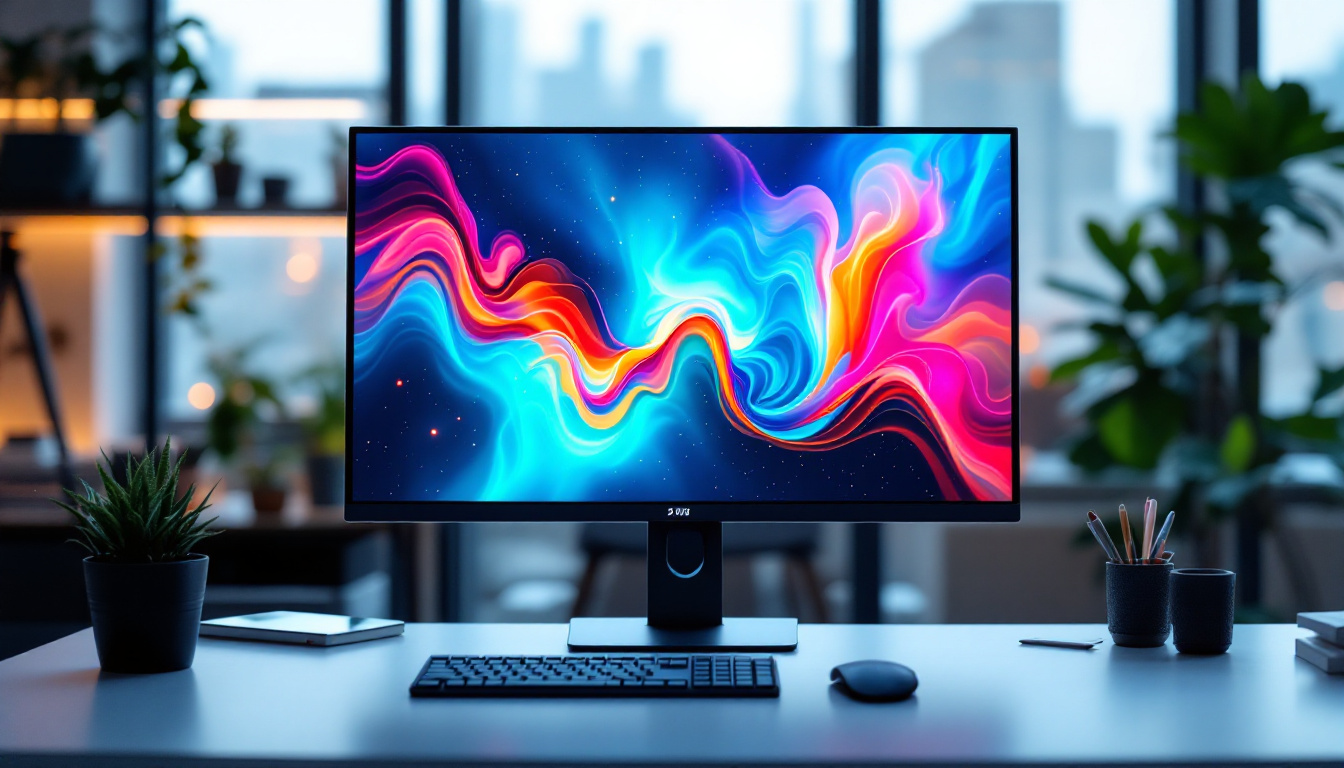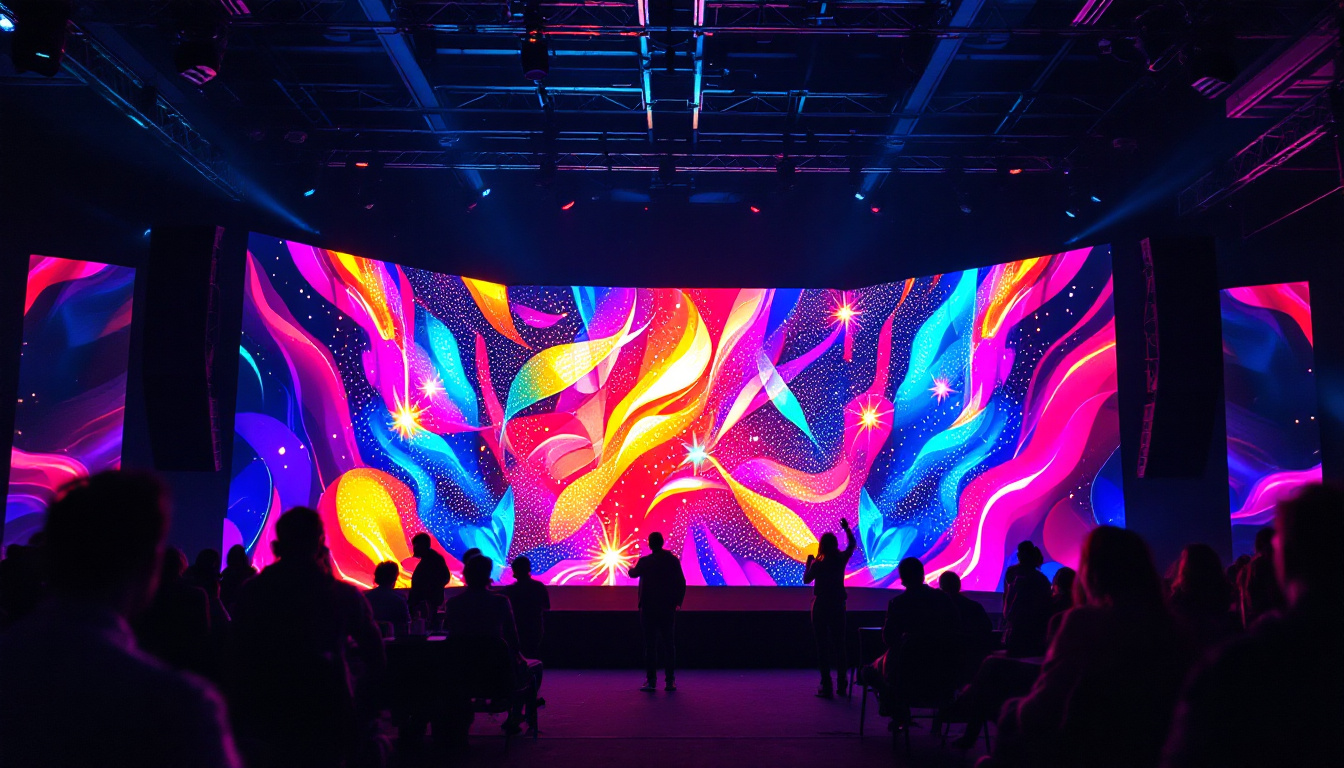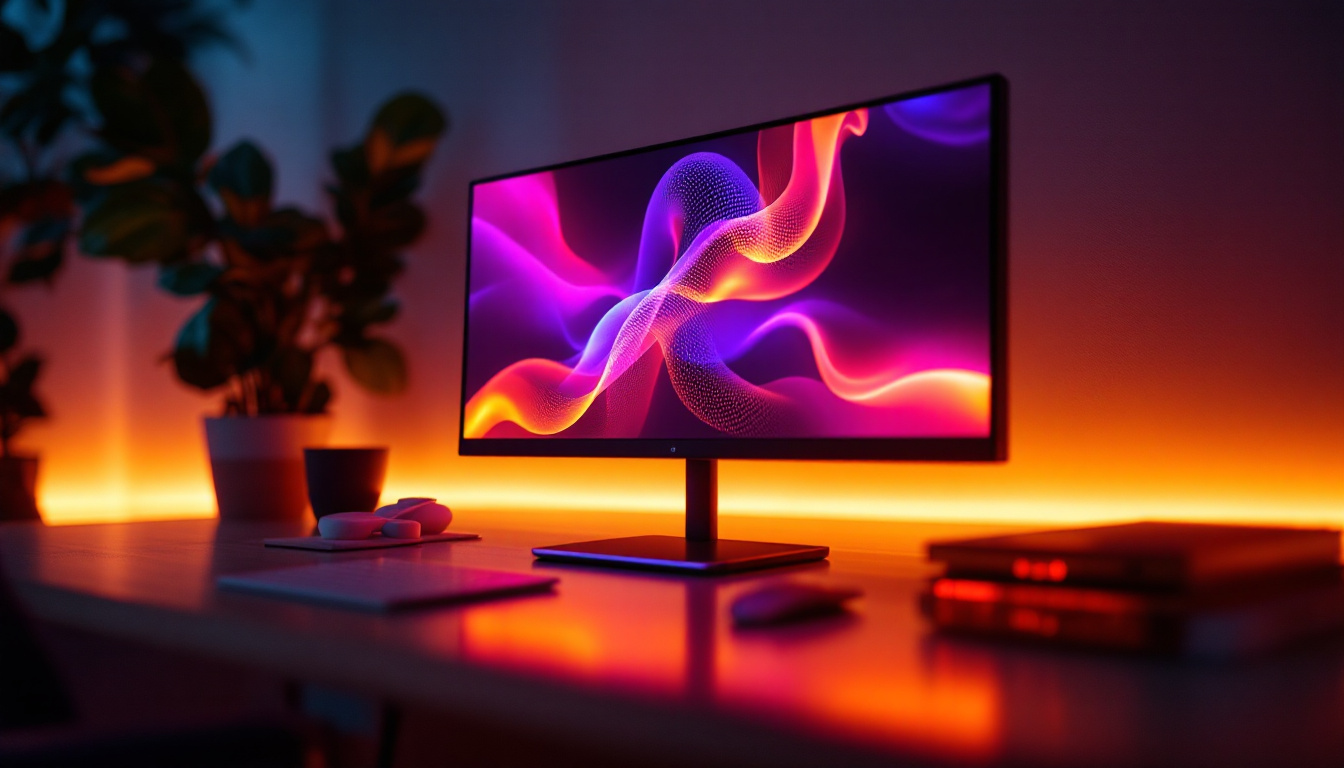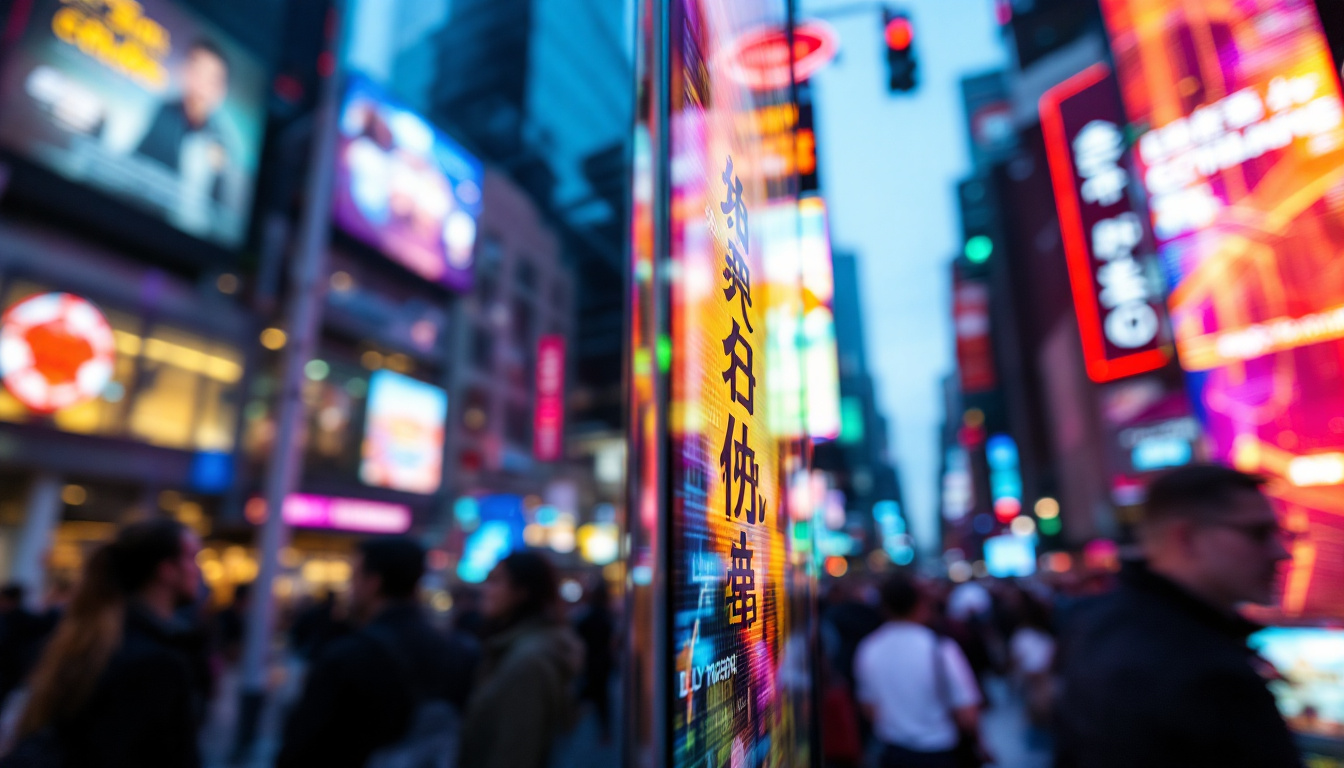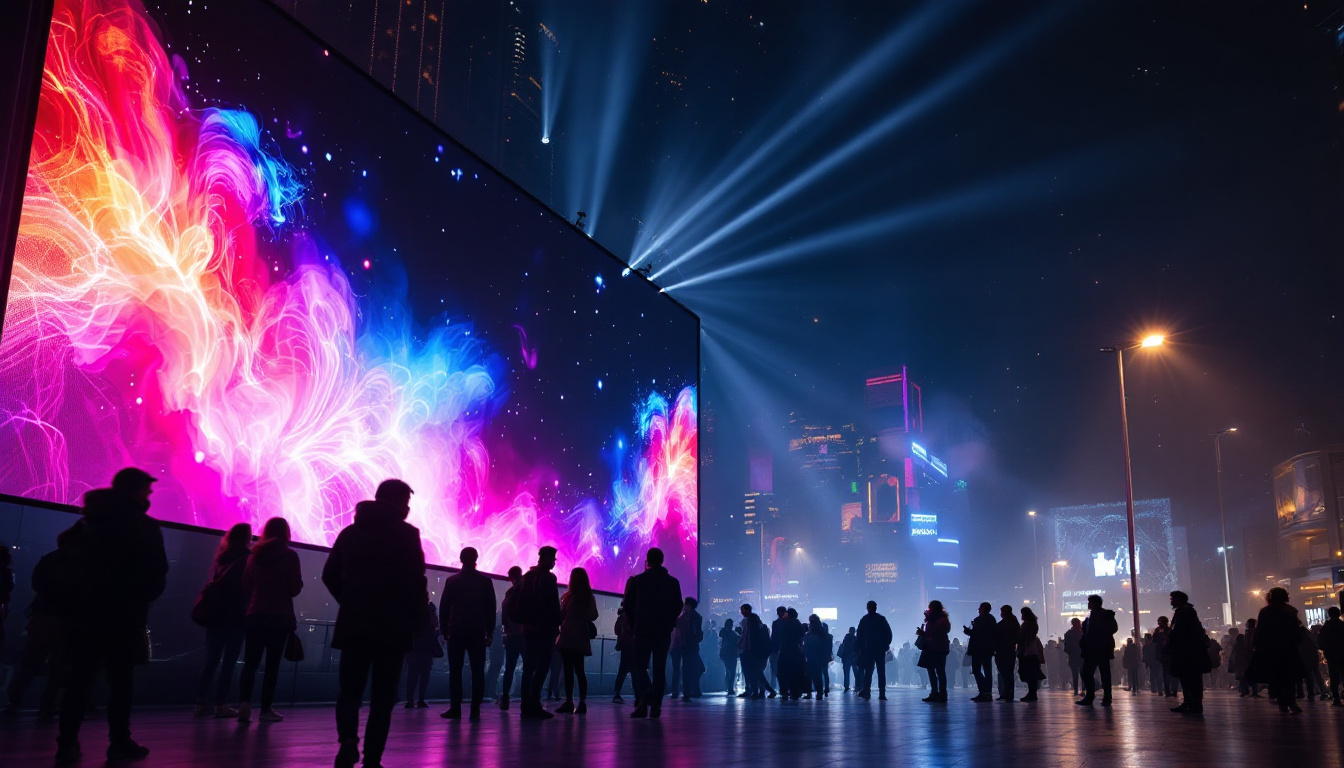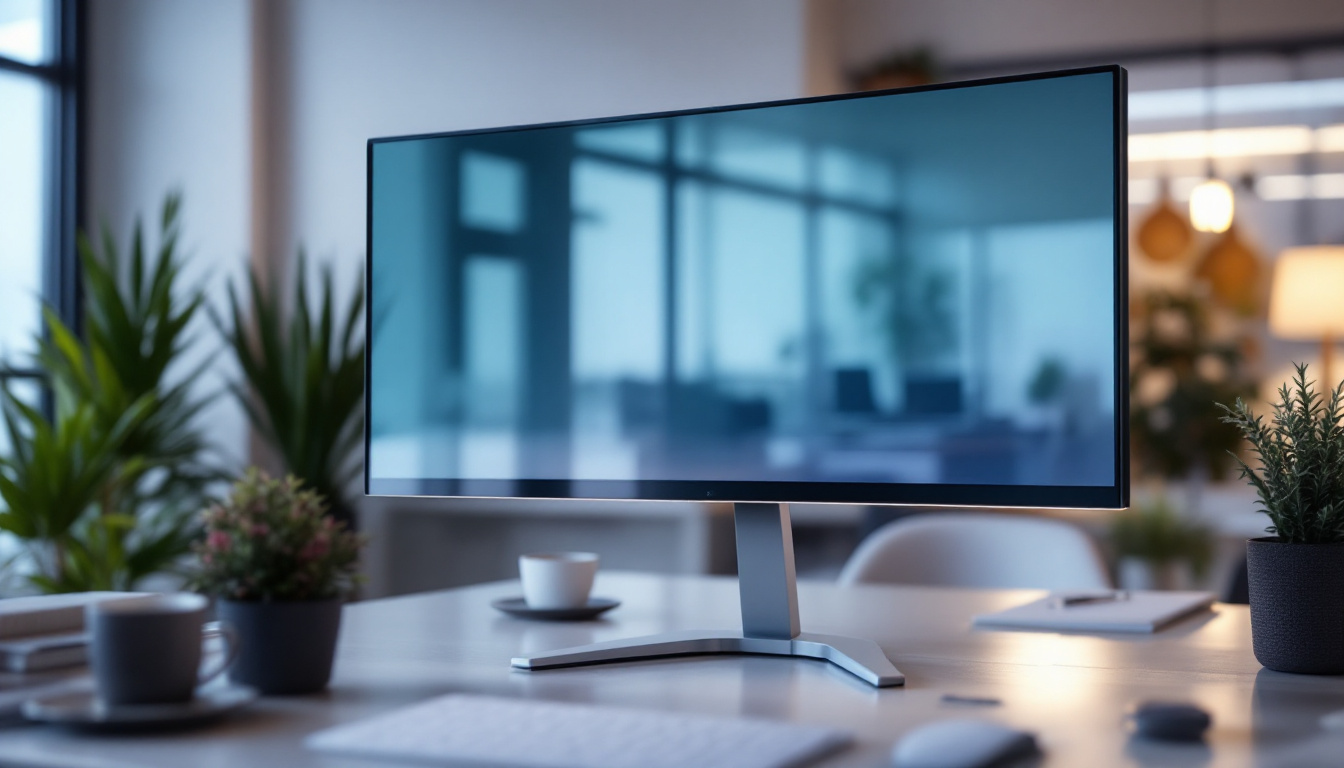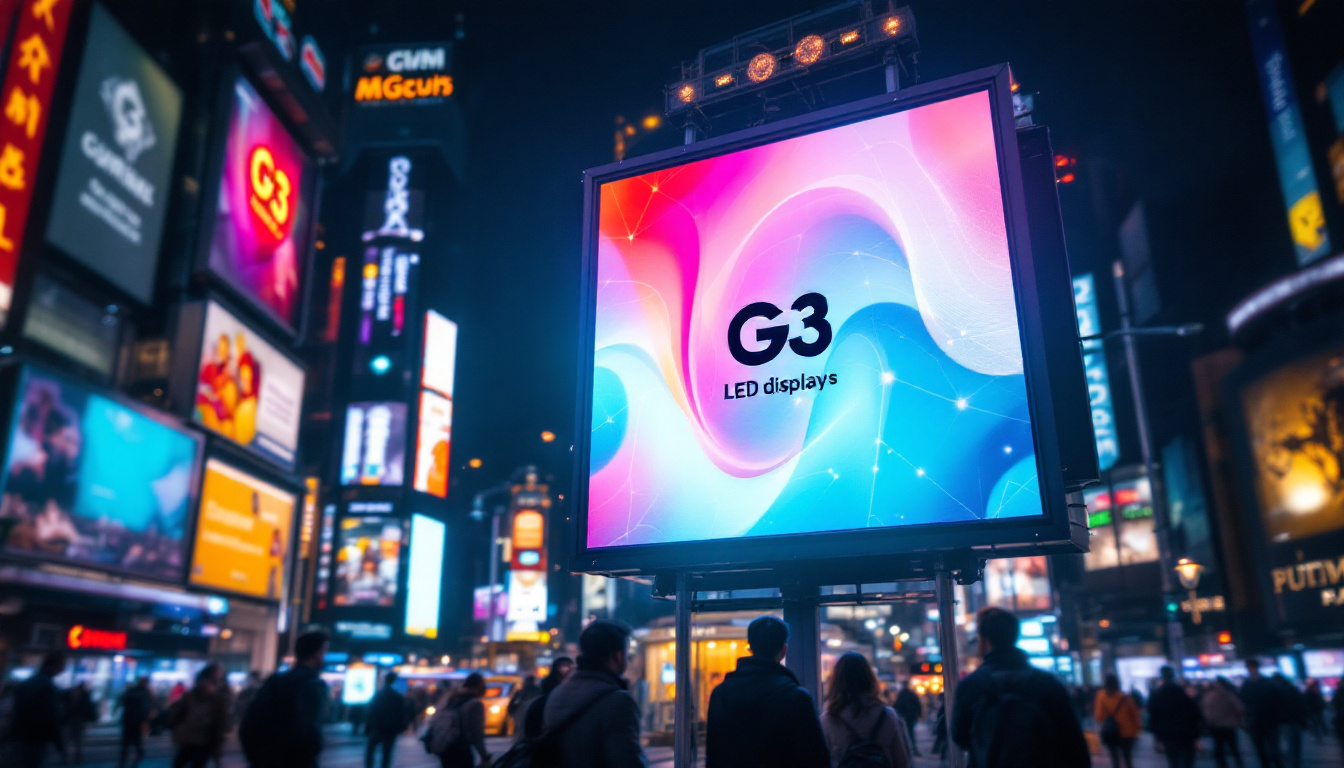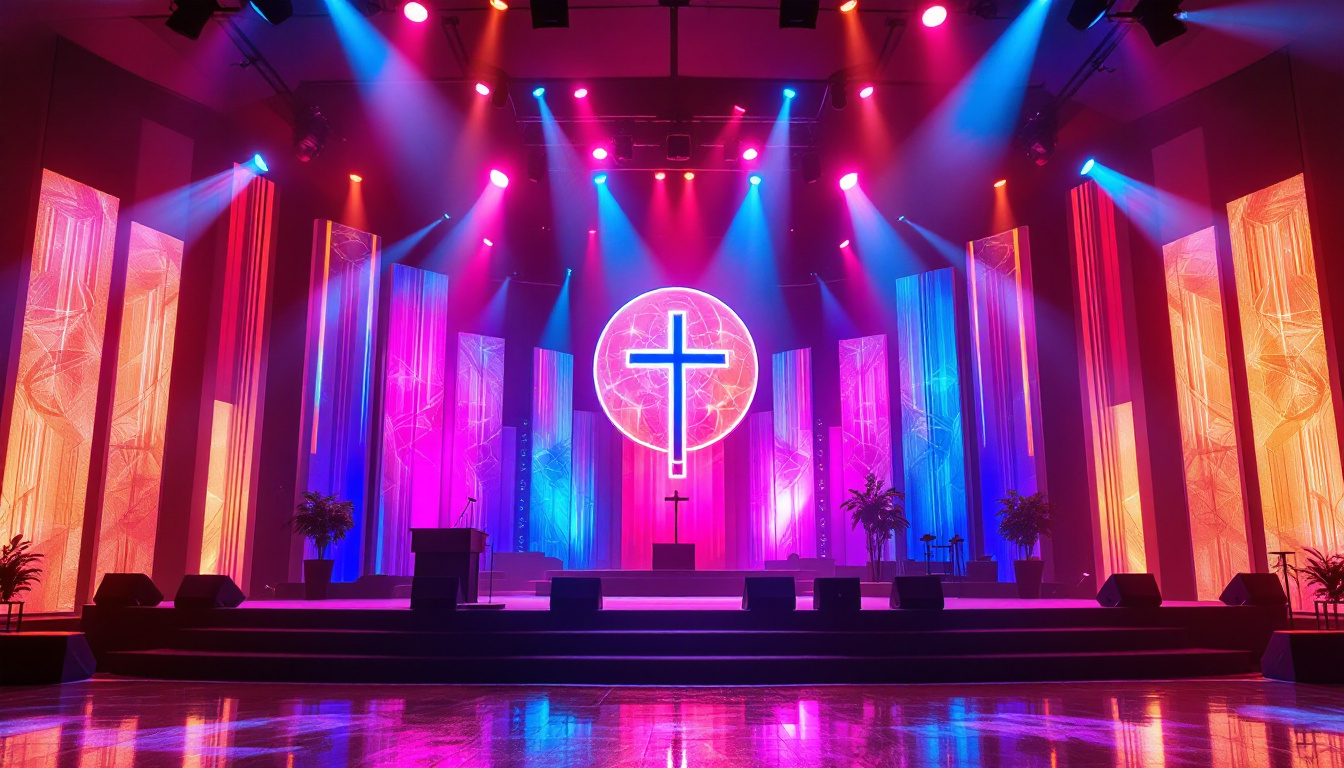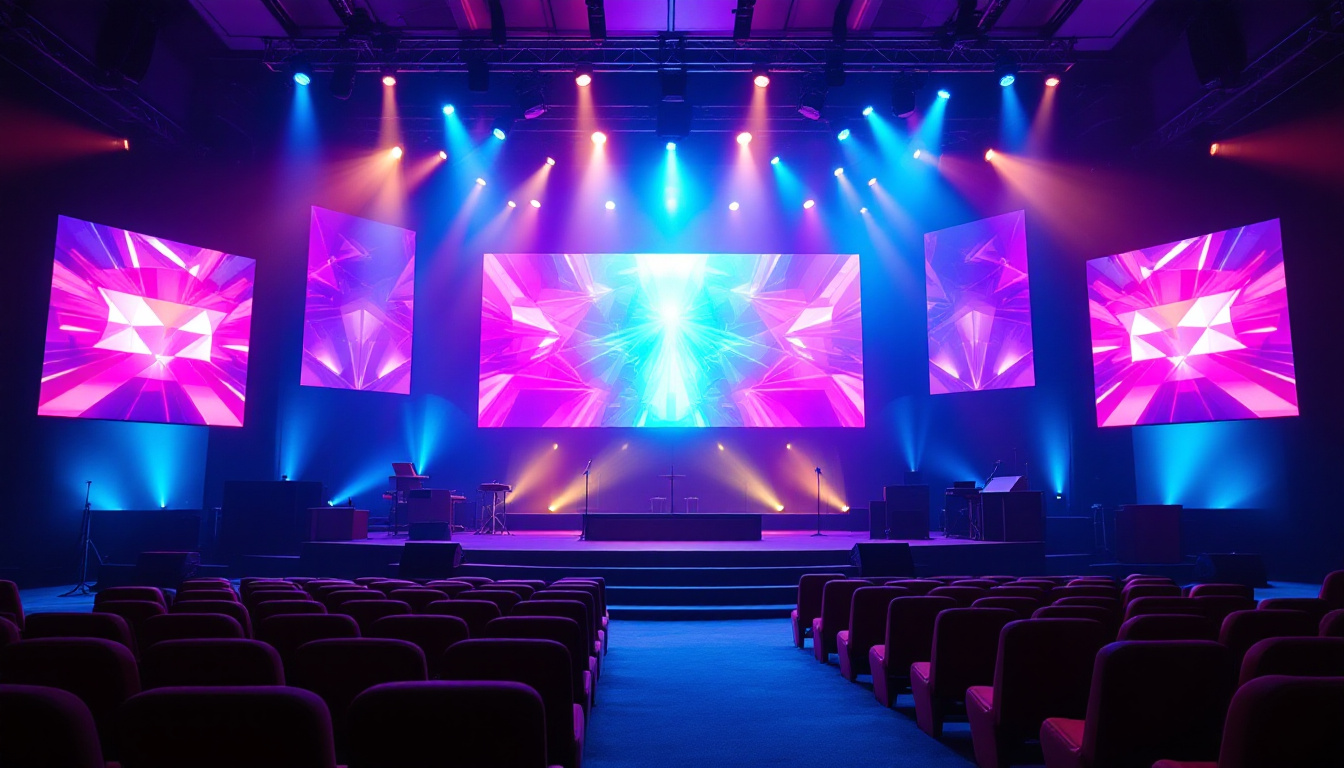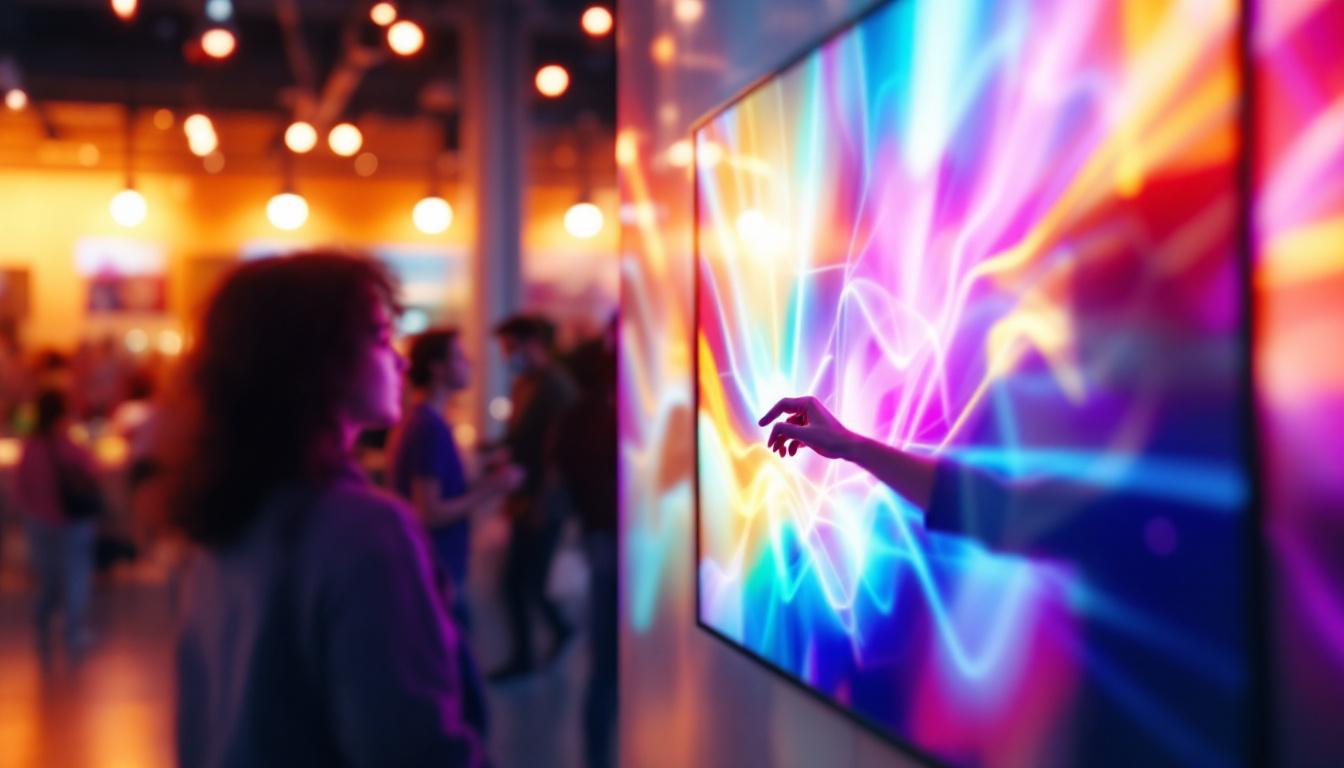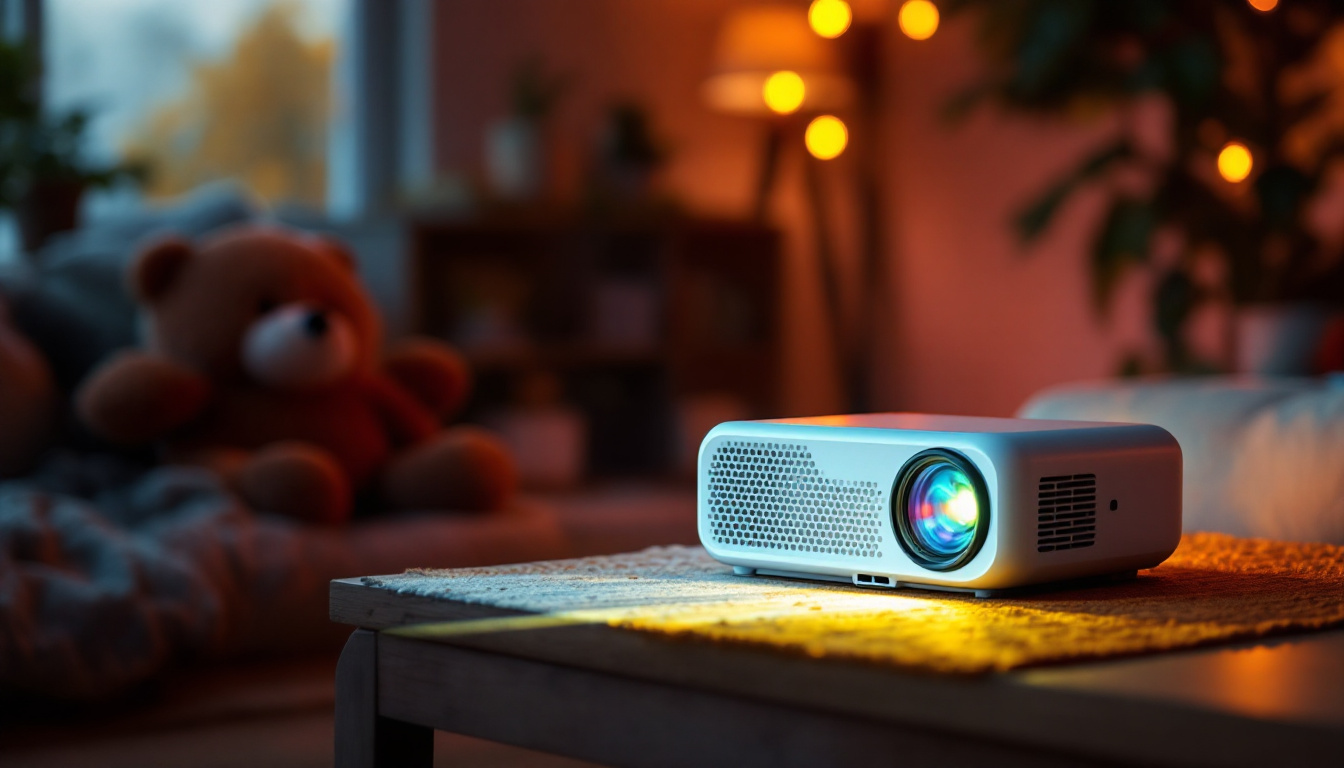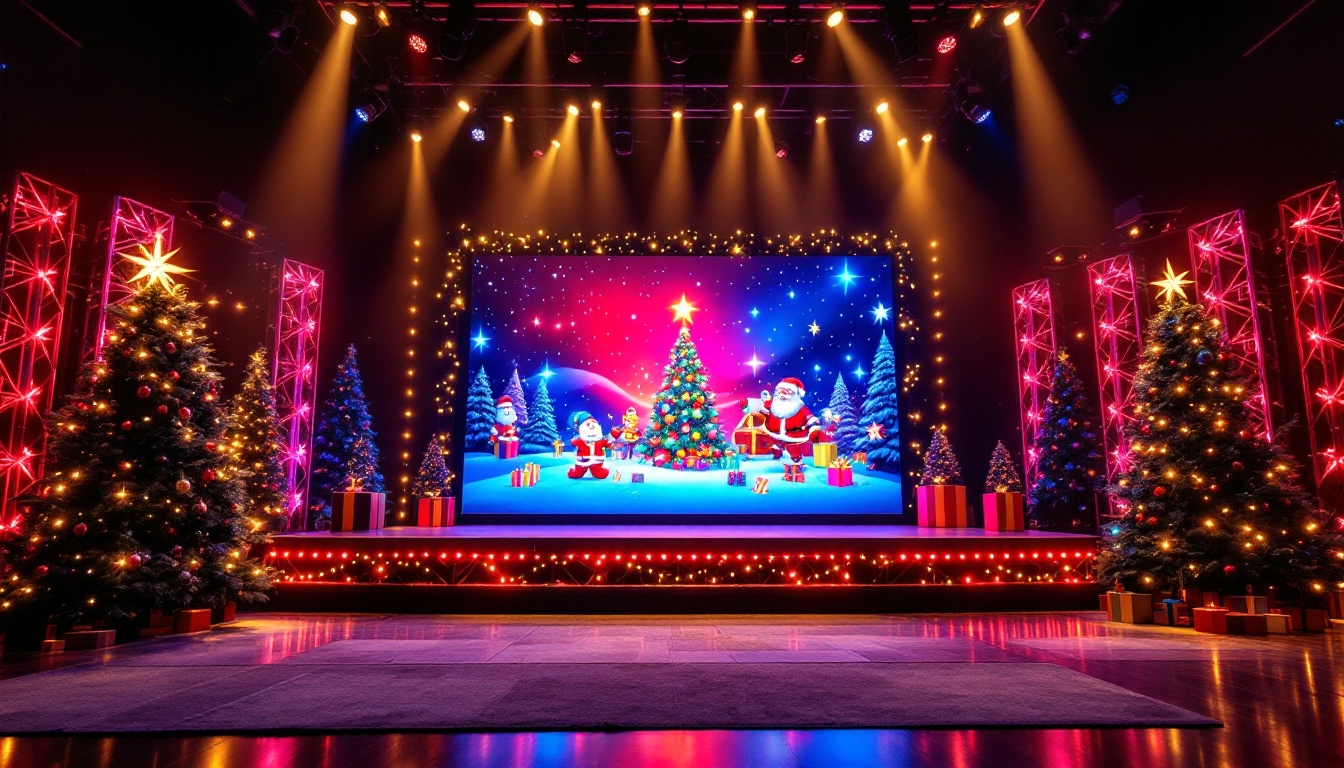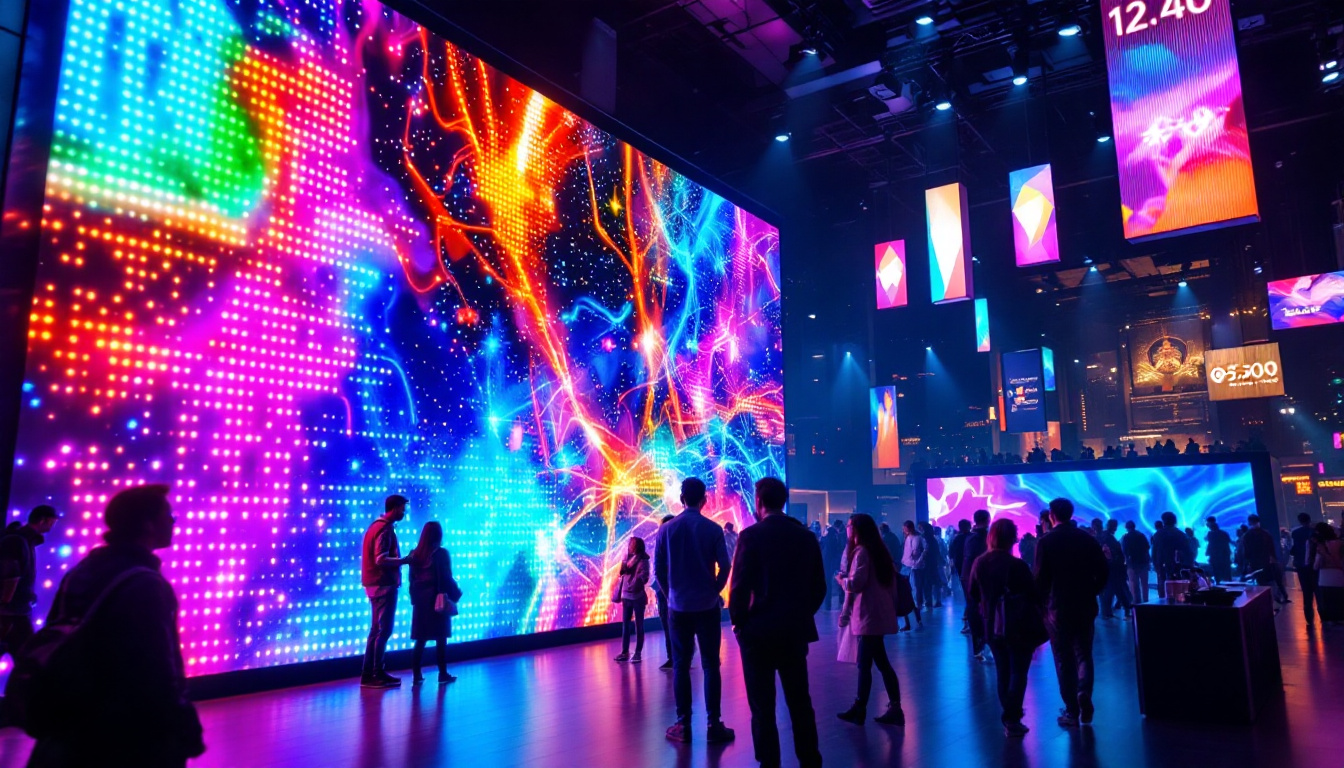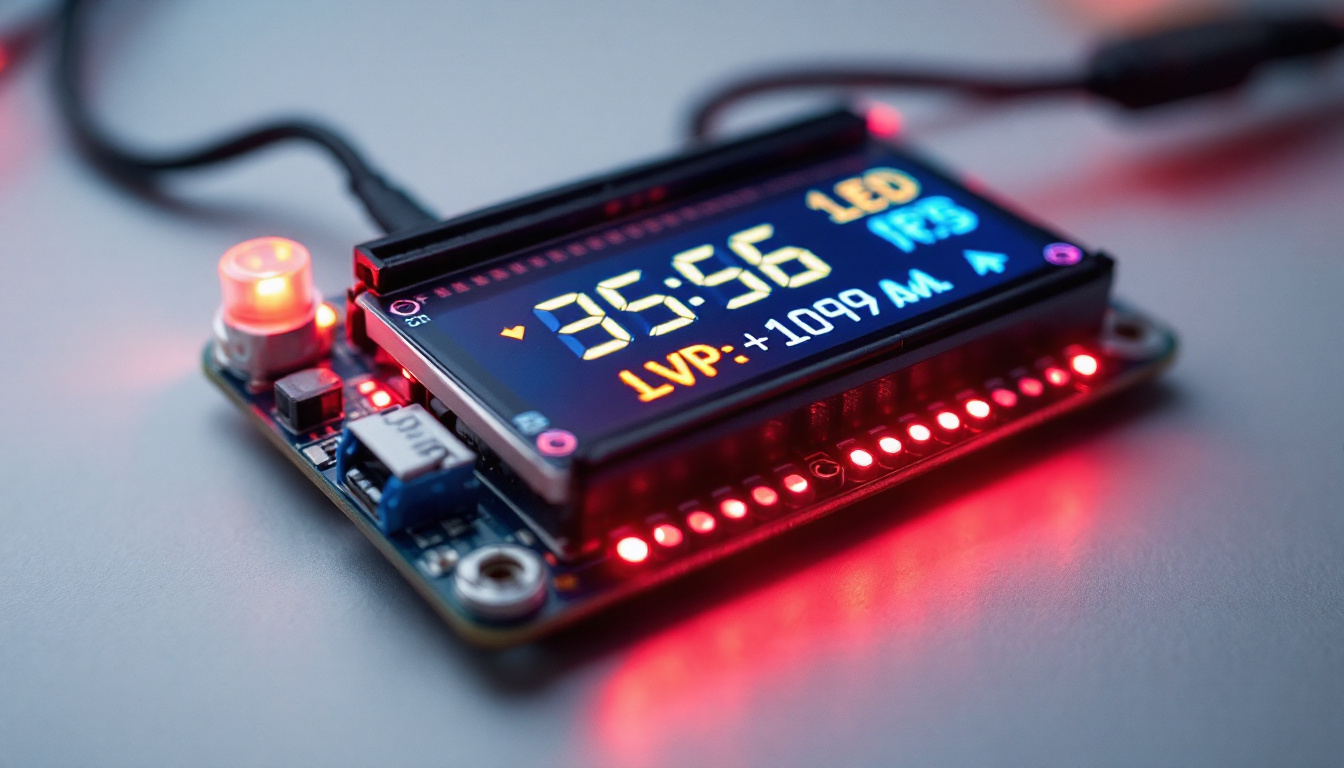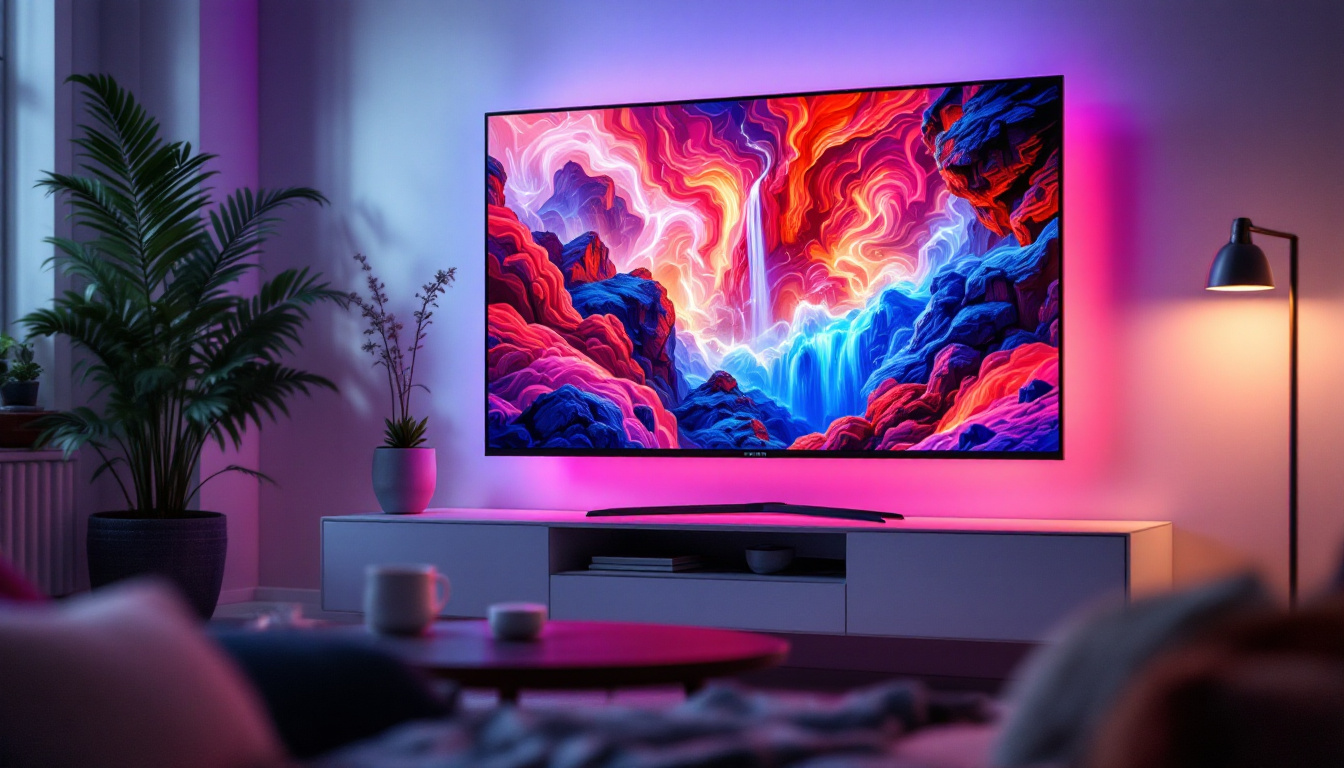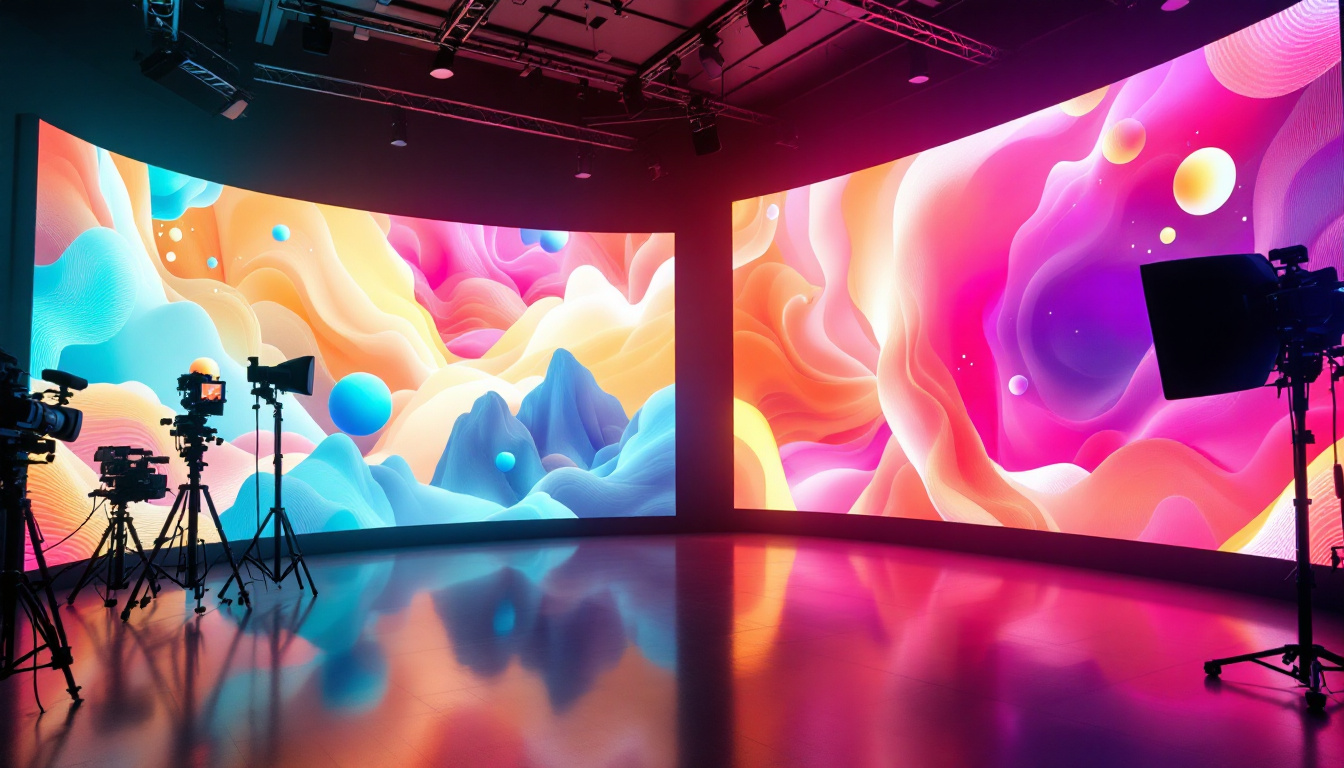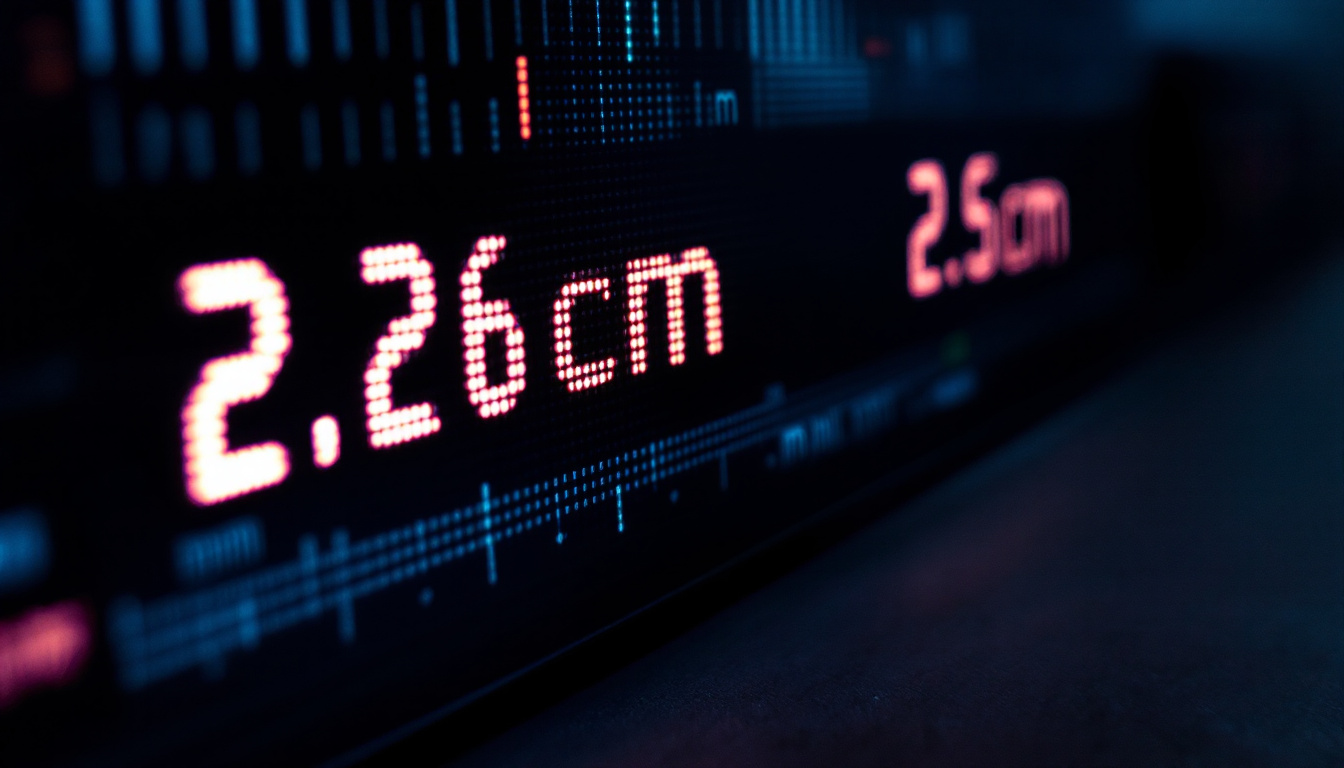In the age of digital entertainment, the way people consume media has evolved dramatically. One of the most exciting advancements is the use of projector screens, particularly LED displays, which have become increasingly popular for both indoor and outdoor settings. This article delves into the intricacies of indoor and outdoor projector screens, focusing on LED technology, its benefits, and how to choose the right screen for your needs.
Understanding Projector Screens
Projector screens serve as the canvas for projecting images and videos, enhancing the viewing experience significantly. They come in various types, sizes, and materials, each designed for specific environments and purposes. The choice between an indoor and outdoor projector screen largely depends on the intended use, available space, and environmental conditions.
Types of Projector Screens
There are several types of projector screens available on the market today. The most common include fixed-frame screens, retractable screens, and portable screens. Fixed-frame screens are ideal for dedicated home theaters, providing a taut surface for optimal image quality. Retractable screens, on the other hand, offer versatility, allowing users to hide the screen when not in use. Portable screens are perfect for outdoor events or presentations, as they can be easily transported and set up.
Additionally, the material of the screen plays a crucial role in image quality. Screens can be made from matte white, high-gain materials, or specialized fabrics designed to enhance brightness and contrast. The choice of material should align with the projector’s specifications and the ambient lighting conditions of the viewing environment.
LED Technology in Projector Screens
LED technology has revolutionized the way images are displayed on screens. Unlike traditional projection methods, which rely on lamps, LED projectors utilize light-emitting diodes to produce bright, vibrant images. This technology offers several advantages, making it a popular choice for both indoor and outdoor projector screens.
Benefits of LED Displays
One of the primary benefits of LED displays is their exceptional brightness. This is particularly important for outdoor use, where ambient light can wash out images. LED projectors can produce images that remain clear and vivid even in bright sunlight, making them ideal for outdoor movie nights or presentations.
Another advantage is the longevity of LED technology. LED projectors have a significantly longer lifespan compared to traditional lamp-based projectors. This means less frequent replacements, resulting in lower maintenance costs over time. Additionally, LED projectors are often more energy-efficient, consuming less power while delivering superior performance.
Image Quality and Color Accuracy
Image quality is paramount when it comes to projector screens, and LED technology excels in this area. LED displays are known for their excellent color accuracy, providing a wider color gamut and more vibrant hues. This results in images that are not only bright but also rich in detail, enhancing the overall viewing experience.
Furthermore, LED projectors are capable of producing deeper blacks and higher contrast ratios, which are essential for creating a cinematic experience. Whether watching a movie, playing video games, or giving a presentation, the clarity and vibrancy of LED displays make them a standout choice.
Choosing the Right Projector Screen
When selecting a projector screen, several factors should be considered to ensure the best fit for your needs. From size and aspect ratio to material and installation type, each decision can significantly impact the viewing experience.
Size and Aspect Ratio
The size of the projector screen is one of the most critical factors to consider. It should be proportional to the space where it will be used. For indoor settings, a larger screen may be appropriate, while outdoor settings may require a screen that is easily visible from a distance. The aspect ratio is also essential; common ratios include 16:9 for widescreen formats and 4:3 for traditional presentations.
To determine the ideal size, consider the distance from the projector to the screen. A general rule of thumb is that the screen should be about one-third the distance from the viewer to the screen. This ensures that the image is large enough to be engaging without causing strain on the eyes.
Material Considerations
The material of the projector screen can significantly affect image quality. For indoor use, a matte white screen is often preferred, as it provides a neutral surface that reflects light evenly. For outdoor use, however, a high-gain material may be beneficial, as it enhances brightness and contrast in well-lit environments.
Additionally, some screens come with specialized coatings that reduce glare and improve viewing angles. These features are particularly important for outdoor settings, where viewers may be positioned at various angles relative to the screen.
Installation Options
Installation is another crucial aspect to consider when choosing a projector screen. Depending on the environment and usage, different installation options may be more suitable.
Fixed vs. Portable Screens
Fixed screens are typically mounted on walls and provide a permanent solution for dedicated home theaters. They offer the best image quality due to their taut surface and are ideal for environments where the screen will be used frequently. However, they are not suitable for outdoor use, where portability is essential.
Portable screens, on the other hand, are designed for flexibility. They can be set up and taken down quickly, making them perfect for outdoor events, presentations, or gatherings. Many portable screens come with their own stands, allowing for easy setup in various locations. However, the image quality may not match that of fixed screens, especially in terms of surface tension and material.
Outdoor Considerations
When using a projector screen outdoors, additional considerations must be taken into account. Weather resistance is crucial; screens designed for outdoor use should be able to withstand elements such as wind, rain, and UV exposure. Many outdoor screens are made from durable materials that resist fading and tearing, ensuring longevity and consistent performance.
Moreover, the setup location should be carefully chosen to minimize ambient light interference. Ideally, the screen should be positioned away from direct sunlight and reflective surfaces to enhance visibility. Using a projector with sufficient brightness is also essential for outdoor viewing, as it compensates for the natural light present in the environment.
Popular Uses for Indoor Outdoor Projector Screens
Indoor and outdoor projector screens are versatile tools that can be utilized in various settings. From home entertainment to professional presentations, their applications are vast and varied.
Home Entertainment
One of the most common uses for projector screens is home entertainment. Whether it’s movie nights, sports events, or gaming sessions, a projector screen can transform a living room or backyard into a cinematic experience. With the right setup, viewers can enjoy large, vibrant images that rival traditional television screens.
For outdoor movie nights, families can gather in the backyard, creating a cozy atmosphere with blankets and snacks. The ability to project onto a large screen enhances the communal experience, making it perfect for gatherings with friends and family.
Professional Presentations
In professional settings, projector screens are invaluable for presentations, training sessions, and conferences. They allow presenters to display information clearly and effectively, ensuring that all attendees can see the content being shared. High-quality projector screens enhance the overall professionalism of a presentation, leaving a lasting impression on clients and colleagues alike.
Moreover, portable projector screens are particularly useful for traveling professionals who need to set up presentations in various locations. Their ease of transport and setup makes them an essential tool for effective communication.
Maintenance and Care for Projector Screens
To ensure the longevity and performance of projector screens, regular maintenance and care are essential. Proper cleaning and storage can prevent damage and maintain image quality over time.
Cleaning Techniques
Cleaning a projector screen should be done with care to avoid damaging the surface. For fabric screens, a soft, damp cloth can be used to gently wipe away dust and stains. Avoid using harsh chemicals or abrasive materials, as these can scratch or discolor the screen.
For rigid screens, a microfiber cloth is often the best choice. It effectively removes dust without leaving lint behind. In cases of stubborn stains, a mild soap solution can be used, but it should be rinsed thoroughly to prevent residue buildup.
Storage Tips
When not in use, projector screens should be stored properly to prevent damage. For portable screens, it is advisable to keep them in their original carrying cases to protect them from dust and physical damage. Fixed screens should be covered or stored in a way that prevents exposure to direct sunlight, which can lead to fading over time.
Regular inspections for wear and tear are also recommended. Checking for loose seams, tears, or other signs of damage can help identify issues before they become significant problems.
Conclusion
Indoor and outdoor projector screens equipped with LED technology offer an exceptional viewing experience that caters to a variety of needs. Understanding the different types of screens, the benefits of LED displays, and the factors to consider when choosing a screen can help individuals make informed decisions.
Whether for home entertainment, professional presentations, or outdoor gatherings, the right projector screen can enhance the overall experience, providing vibrant images and engaging visuals. With proper maintenance and care, these screens can serve as a long-lasting investment in quality entertainment and effective communication.
As technology continues to evolve, the future of projector screens looks promising, with advancements in materials and display technology paving the way for even more immersive experiences. Embracing these innovations will undoubtedly enhance how media is consumed, making every viewing occasion memorable.
Discover LumenMatrix’s Advanced LED Display Solutions
Ready to elevate your viewing experience with the latest in LED display technology? Look no further than LumenMatrix, a pioneer in crafting immersive visual experiences through innovative LED solutions. From vibrant indoor and outdoor displays to dynamic vehicle and sports LED screens, LumenMatrix offers a diverse range of products designed to captivate and engage. Embrace the future of digital signage and make a lasting impression with our custom, all-in-one, and transparent LED displays. Check out LumenMatrix LED Display Solutions today and transform the way you share your message with the world.


